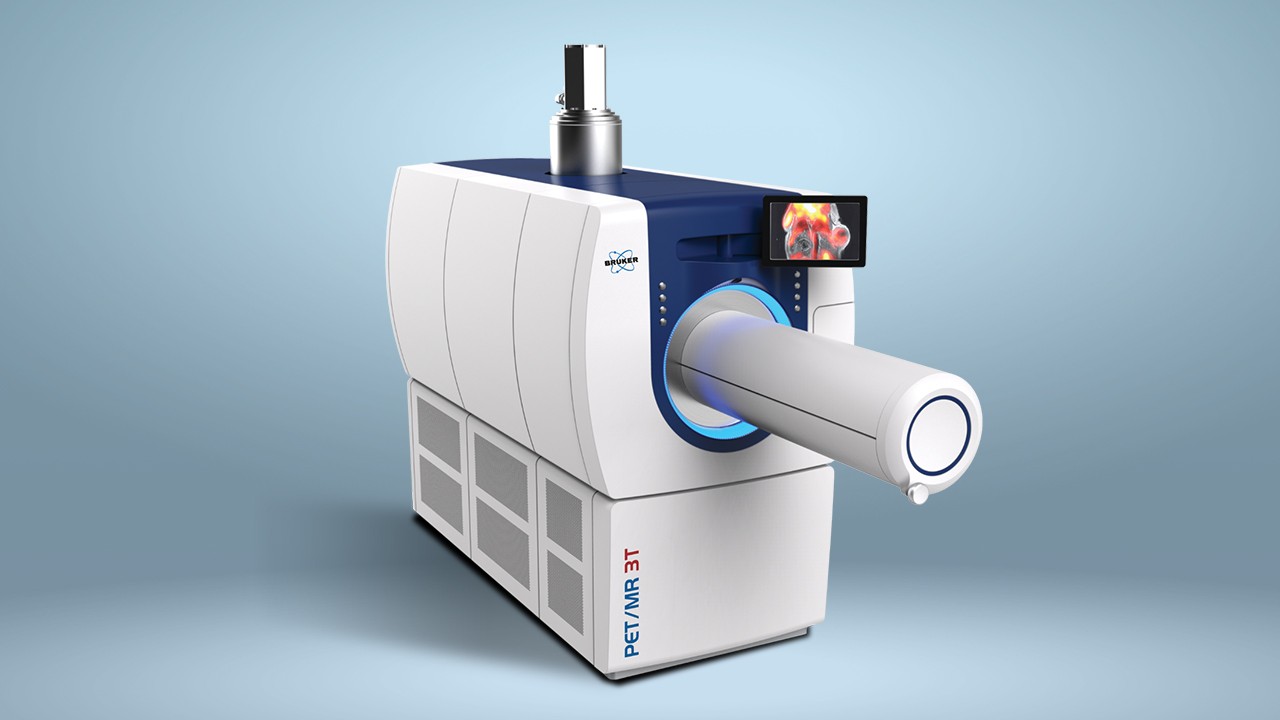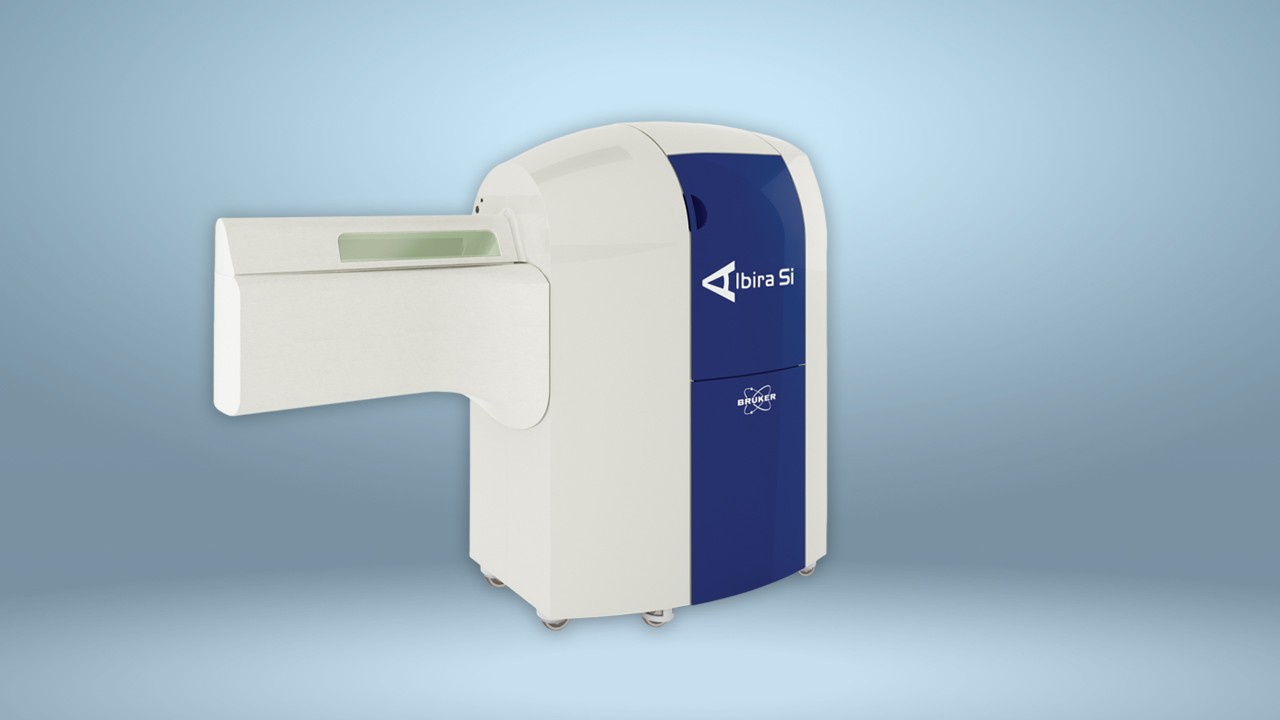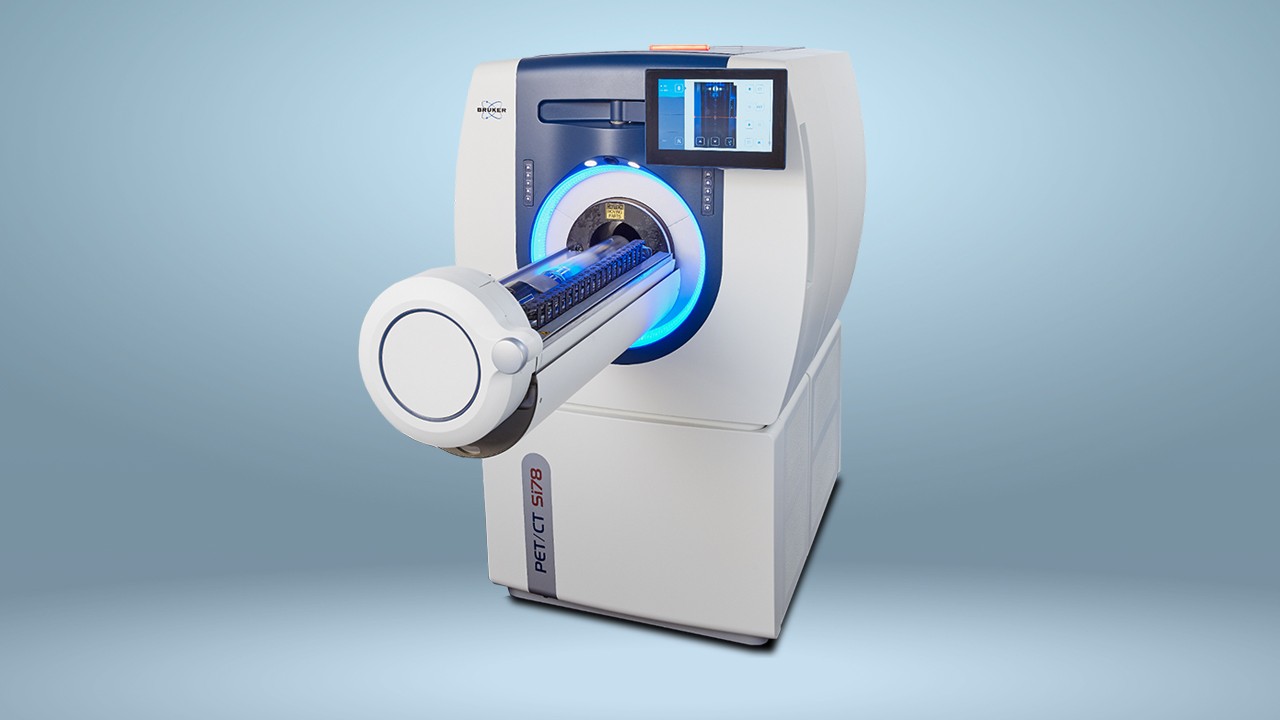

The Use of Positron Emission Tomography (PET) in Pharma Research
The Use of Positron Emission Tomography (PET) in Preclinical Pharmaceutical Research
Todd Sasser, Head of Applications Americas & Senior NMI Applications Scientist, Bruker BioSpin
Positron emission tomography (PET) is a popular nuclear imaging technique used to gain information about specific metabolic functions. Used in clinical diagnostic and preclinical applications, PET is often combined with other imaging technologies, such as magnetic resonance imaging (MRI) and computed tomography (CT) scanning, to incorporate anatomical information.
PET provides functional imaging, which shows the spatial distribution of biomolecular activity in living tissues and is therefore particularly useful for evaluating drug candidates in preclinical studies.
PET creates three dimensional (3D) images of the subject using radioactive tracers – molecules bound to a radioactive isotope – that are usually injected intravenously. The carrier molecule can interact with or bind to specific proteins, receptors, and biomolecular pathways in the body, to quantify a specific biological activity. The radioactive isotope, commonly fluorine-18 (18F) or carbon-11 (11C), produces positrons that interact with the surrounding electrons, resulting in the annihilation of both particles and the release of two photons (gamma rays). These photons speed off in opposite directions (~180°) and are picked up by detectors in the PET scanner to map the radionuclide distribution in the body. The non-invasive, sensitive and quantitative nature of PET imaging is utilized in preclinical pharmaceutical research to advance knowledge of diseases and drug activity in the body. Successful drug development relies on the ability to understand dynamic biological processes, gene expression, enzyme and protein activity, progression and treatment of diseases, biodistribution, and pharmacokinetics/ pharmacodynamics of new drugs. Multi-modal PET imaging, such as PET/MR and PET/CT, provides a method to map the path of drugs throughout the body over time, to monitor efficacy and establish suitability for clinical use.
Download the full application note:


